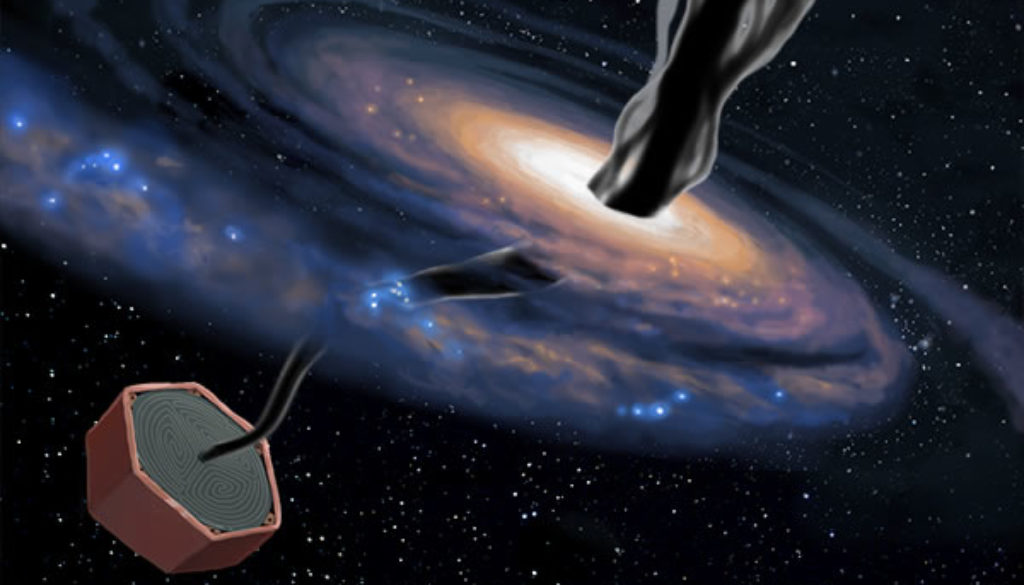Texas A&M Physicist Rupak Mahapatra Earns DOE Grant for Detector Research
COLLEGE STATION —
For more than a decade, Texas A&M University high energy physicist Rupak Mahapatra has been making the devices that make detection of the particles believed to be behind dark matter and therefore nearly a quarter of the universe possible.

Dr. Rupak Mahapatra 
The SuperCDMS SNOWLAB experiment is one of the three dark matter experiments earmarked for funding support in 2014 by the U.S. Department of Energy and the National Science Foundation. In addition, it is one of the two that are searching for weakly interacting dark matter particles (WIMP). (Credit: NASA) 
Closeup of a next-generation detector in its mount, fabricated at Texas A&M University by high-energy physicist Rupak Mahapatra and his team for use in the SuperCDMS SNOLAB experiment seeking evidence for dark matter. 
The SuperCDMS SNOLAB experiment layout showing Mahapatra’s detectors positioned at the heart of discovery. (Credit: SuperCDMS SNOLAB.)
The post Texas A&M Physicist Rupak Mahapatra Earns DOE Grant for Detector Research appeared first on College of Science.




